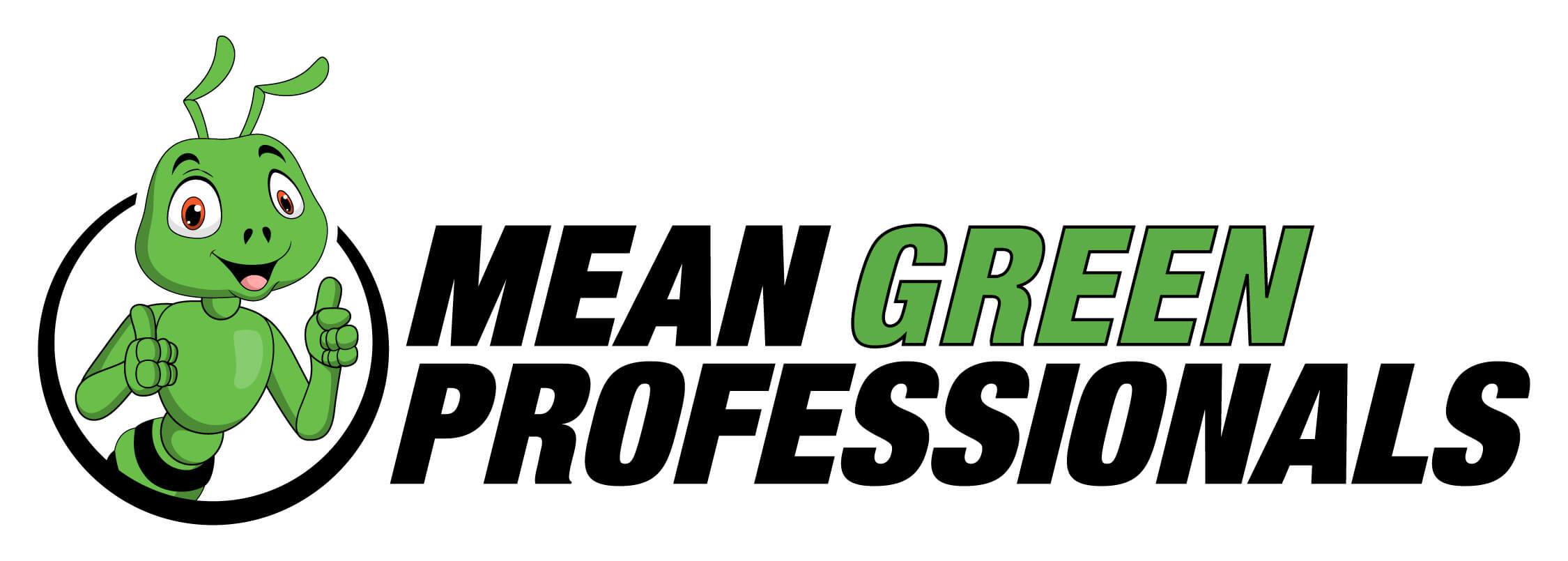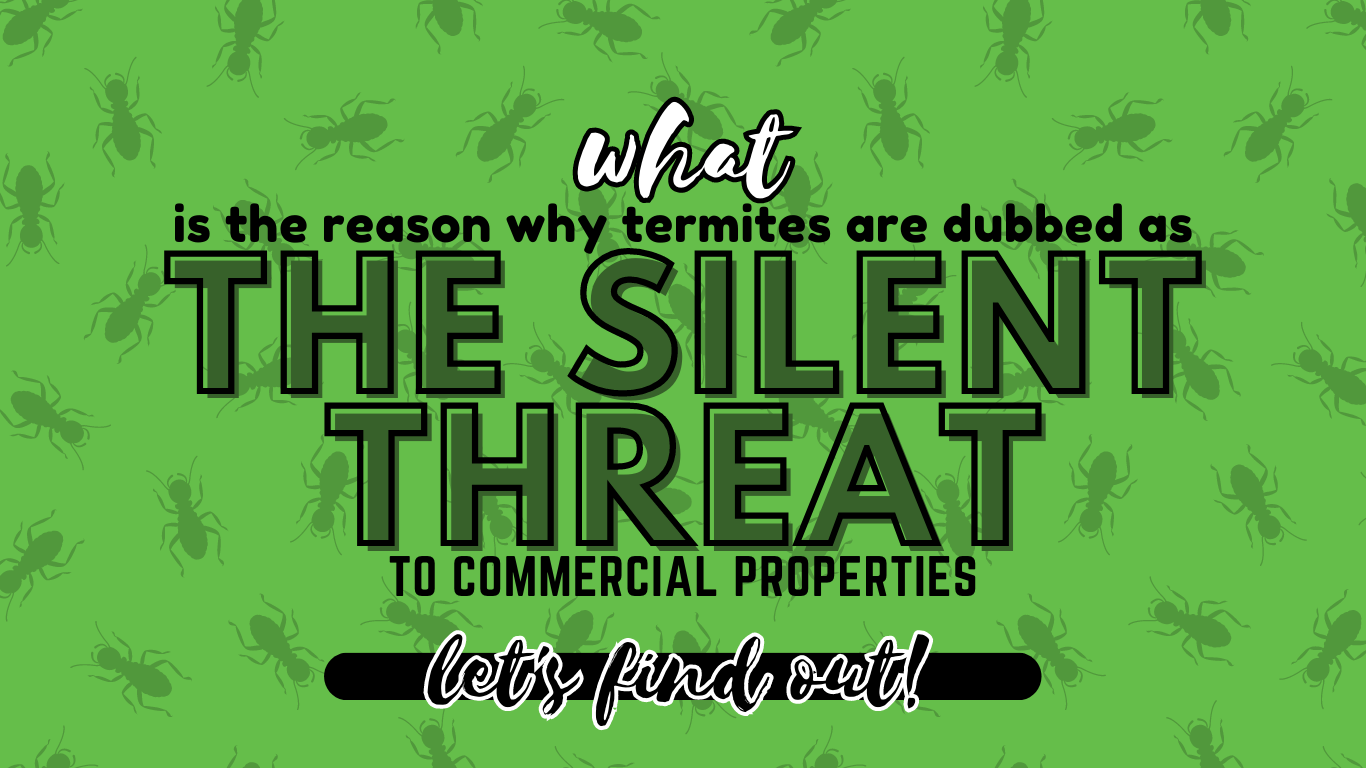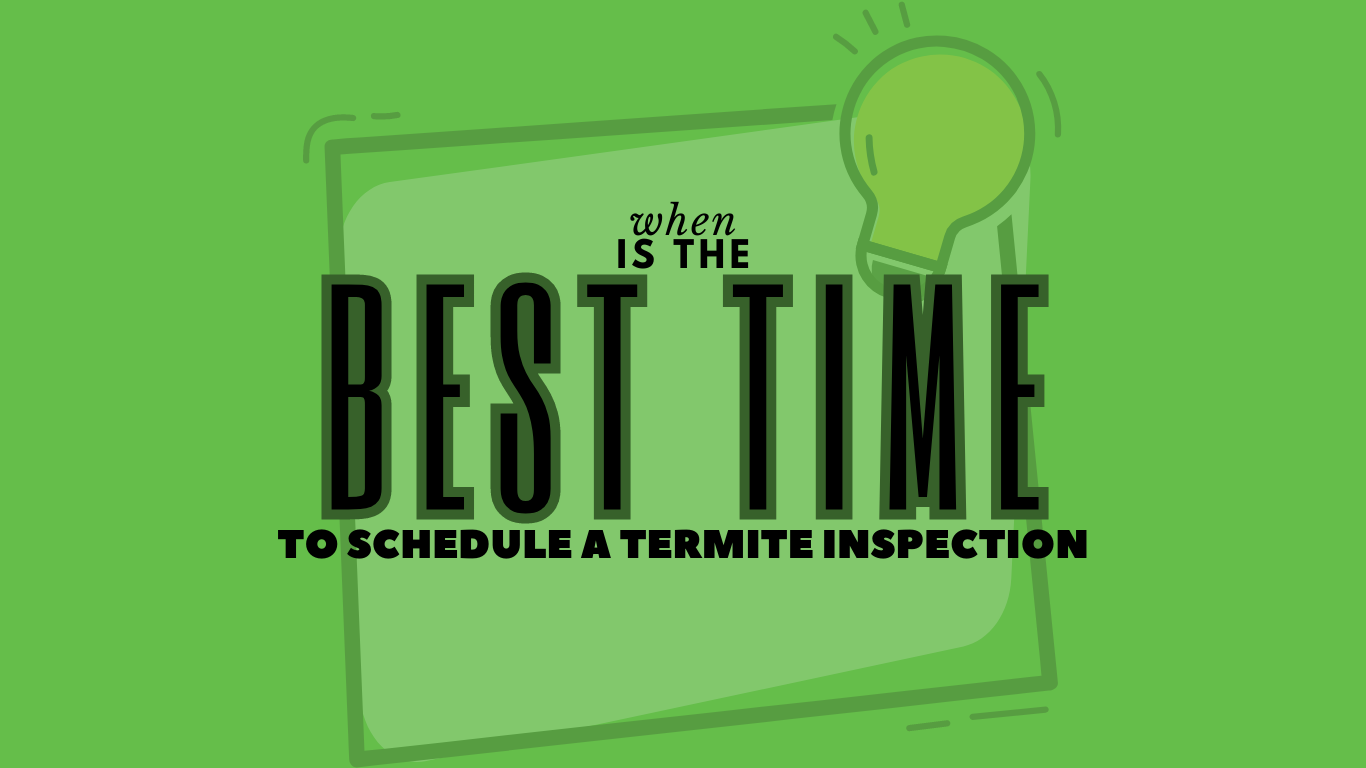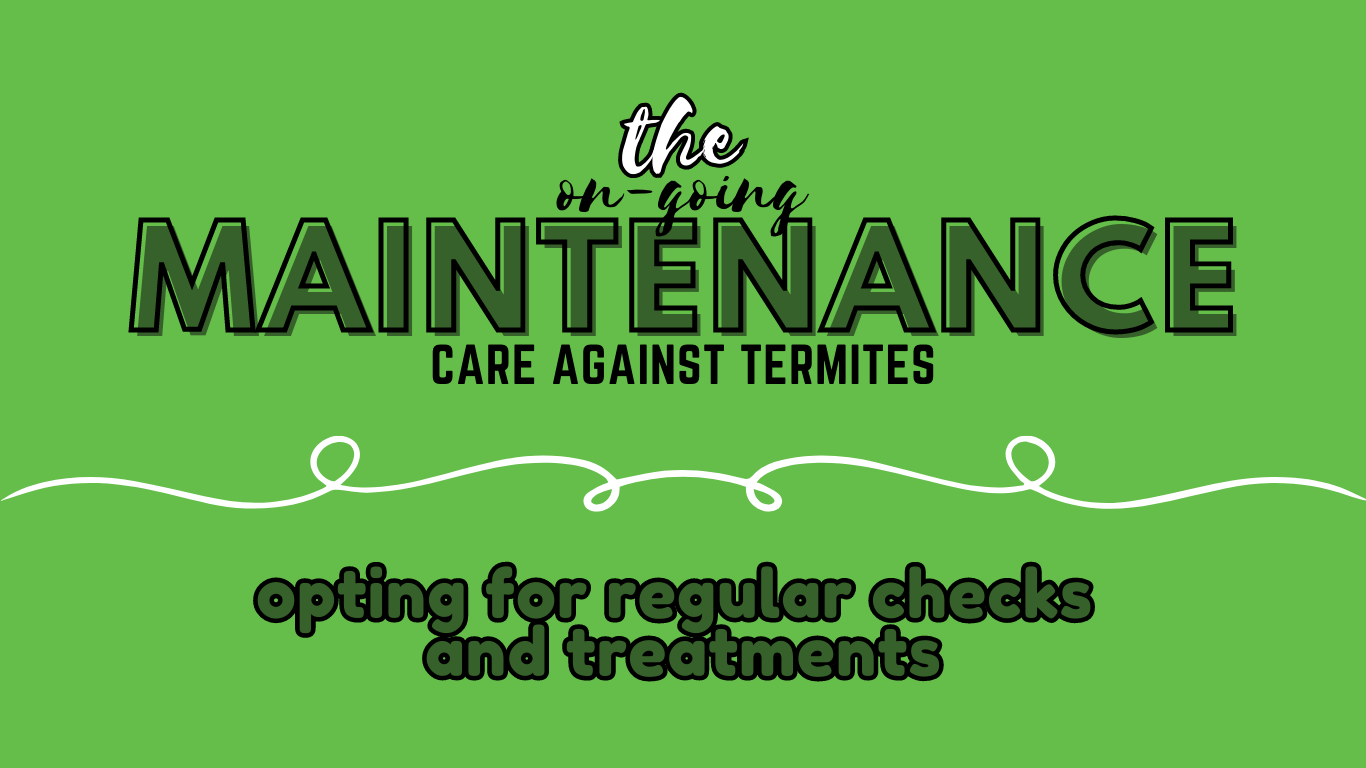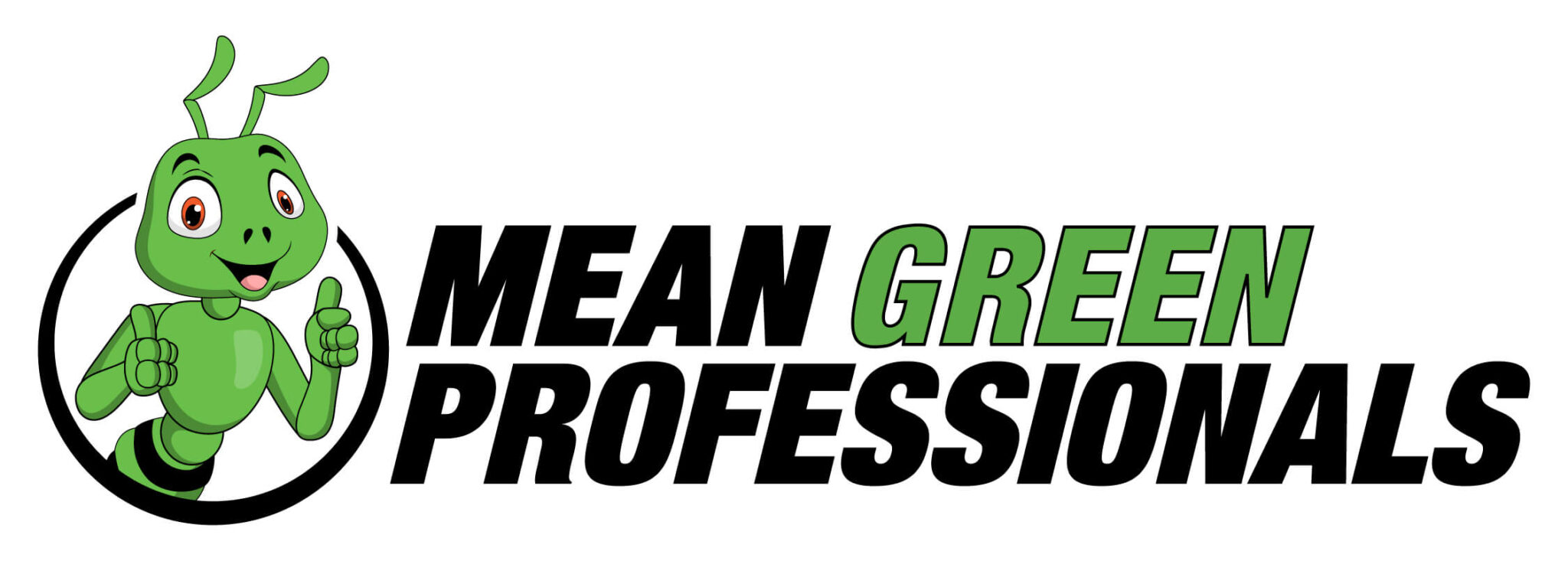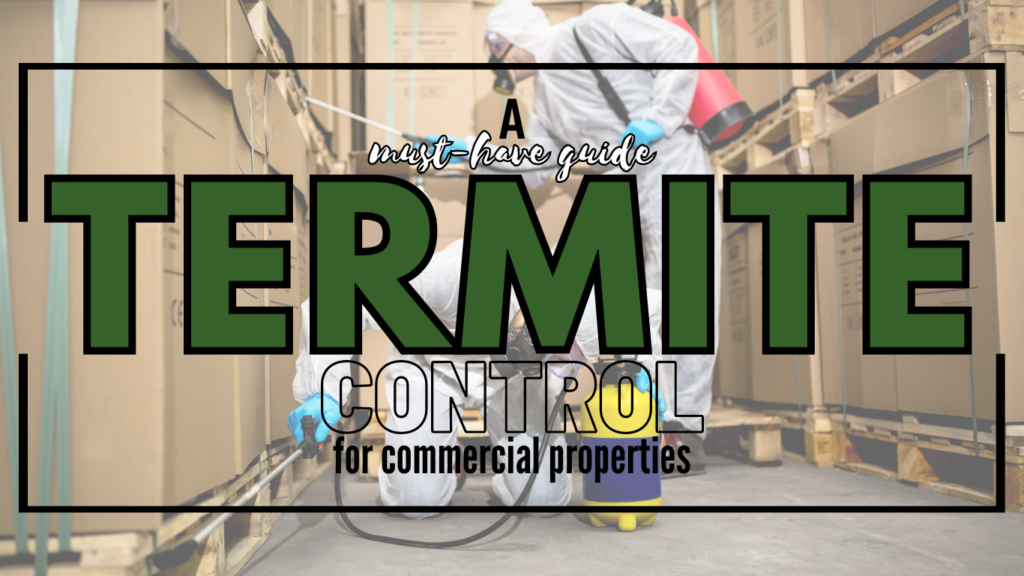
Termite control for commercial properties is a battle that no business owner wants to fight.
But let’s face it; those tiny critters can turn your valuable investment into their personal buffet in no time.
The sad truth? Many property owners are completely oblivious until the damage has already been done.
If you’re not proactive about termite control for commercial properties, you might just find yourself footing an astronomical repair bill. And trust me, that’s a check nobody wants to write!
Table Of Contents:
- The Silent Threat to Commercial Properties: Termite Infestations
- Understanding Different Types of Termites
- Recognizing Signs of Termite Infestation
- The Impact of Termite Infestations on Your Business
- When Should You Schedule a Termite Inspection?
- Preparing for a Termite Inspection
- Preventing Termite Infestations in Commercial Buildings
- Professional Termite Control Options
- Ongoing Maintenance Care Against Termites
- FAQs in Relation to Termite Control for Commercial Properties
- How can commercial buildings prevent termite infestations?
- What should I do if I notice swollen floors in my commercial building?
- Why is a termite inspection recommended?
- How often should a termite inspection be conducted in commercial properties?
- What are discarded termite wings on walls an indication of?
- What should I do if termites are found during a termite inspection?
- What do termites eat?
- Implementing effective termite control measures for commercial properties is vital to protect structural integrity, minimize potential damage, and ensure a safe environment for occupants, safeguarding your investment and maintaining a pest-free and healthy workspace.
The Silent Threat to Commercial Properties: Termite Infestations
Imagine this.
Your commercial property, the heart of your business operations, is under silent attack.
No alarms ringing or visible signs of intrusion – just a quiet invasion by tiny creatures with an insatiable appetite for wood.
Termites, as they’re known, can wreak havoc on any structure made from their favorite meal.
A termite infestation in commercial buildings isn’t merely a nuisance; it’s potentially catastrophic and financially draining.
They don’t discriminate between residential homes or sprawling office complexes.
Whether you’re dealing with subterranean termites burrowing beneath foundations or dry wood species infiltrating through cracks – these pests pose serious threats to your investment.
Here’s the kicker: their damage often goes unnoticed until it’s too late due to their covert nature.
They are indeed masters at staying undetected while gradually eating away at wooden structures within walls and floors.
Now let me tell you something.
Professional termite control options aren’t just recommended; they’re crucial if you want to protect your asset effectively against such hidden enemies.
Regular inspections play a pivotal role in early detection, which helps minimize potential losses caused by these pesky invaders.
Moreover, conducting regular termite inspections is not only about identifying active colonies but also implementing preventive measures that keep future invasions at bay.
So remember, folks: before swollen floors become evident.
Next up? Let’s delve into understanding different types of termites that might be eyeing your commercial property right now.
Understanding Different Types of Termites
Termites may seem identical to the untrained eye, but there are several species that can pose a threat to commercial properties.
Differentiating between them is crucial for effective termite prevention and control.
Subterranean Termites
The most common type you’ll encounter in your professional termite control efforts is subterranean termites.
As their name suggests, they live underground and create elaborate tunnel systems to reach food sources.
This includes burrowing under pavement, sidewalks, or foundations until they hit pay dirt: wood within commercial buildings.
Drywood Termites
A second formidable foe in this battle against infestations is dry wood termites.
Unlike their subterranean cousins, they don’t need contact with soil.
They’re capable of infiltrating any part of a building through gaps or cracks, even tiny ones left by weathering over time on exterior sections.
In essence, understanding these types helps tailor specific professional termite control options.
To effectively combat an infestation, it’s vital we understand what attracts termites into our spaces so we can prevent future invasions too.
Recognizing Signs of Termite Infestation
The first step to professional termite control is recognizing the signs.
Don’t wait until you see a swarm or find discarded termite wings near windows and doors.
Mud tubes along walls are a common sign, but they can be easy to miss if you’re not looking for them.
If your commercial property has wooden structures, keep an eye out for hollow sounds when tapped on.
Leaving behind thin layers that sound empty.
A swollen floor may seem like water damage at first glance; however, it could also indicate subterranean termites feasting away beneath the surface.
You might think these holes were caused by nails or screws being removed incorrectly, but this could actually be evidence of dry wood termites making their way through your building’s structure.
To protect your investment as a property manager and ensure the longevity of commercial buildings under your care,
A thorough understanding of what attracts termites is crucial so that early detection measures can prevent extensive damage before it’s too late.
In our next section, we will discuss how unchecked infestations impact businesses financially and reputationally, emphasizing why preventing termite infestations should always remain a top priority.
The Impact of Termite Infestations on Your Business
Termites can be a silent nightmare for any commercial property.
These little creatures, often unnoticed until it’s too late, are capable of causing significant damage to your business infrastructure.
Termite infestation, if left unchecked, could lead to swollen floors and hollowed-out wood – telltale signs that should prompt immediate action in the form of professional termite control options.
The Financial Implications
Beyond physical destruction, termites pose a financial threat as well.
A report by NPMA PestWorld suggests repair costs from termite damage average thousands per incident.
Losing Customer Trust: A Hidden Cost?
In addition to direct monetary loss due to repairs or replacements needed after an infestation has been discovered and treated with commercial termite treatment services, there is also potential harm done indirectly through customer perception.
When customers notice visible signs like discarded wings near windows or holes in walls caused by these pests at your premises, it may shake their confidence in you.
This reputational risk might result in lost revenue over time.
Safeguarding Against Termites – An Investment Worth Making?
If we look beyond just the cost aspect, though, we see that preventing termite infestations is not only about saving money but also protecting one’s reputation, which cannot have a price tag put onto it.
It becomes clear then why investing in regular inspections conducted by professionals who specialize within this field, such as Mean Green Pest Pros, makes sense financially but equally so strategically when considering long-term success for businesses operating out from commercial buildings where subterranean termites are commonly found lurking around waiting patiently till they strike next.
When Should You Schedule a Termite Inspection?
If you’re asking yourself when to get a termite inspection, it’s recommended that one be done annually.
This timing is crucial because termites are seasonal pests.
Their activity increases as the termite season starts, which typically begins in spring and continues through summer into fall.
According to the Environmental Protection Agency, conducting regular termite inspections during these periods can help detect an infestation early before substantial damage occurs.
The role of professional pest control services in this process cannot be overstated.
They possess specialized knowledge about where termites hide and how they behave, making them more efficient at spotting signs of an infestation than untrained eyes would be.
Besides their expertise, professional pest control companies have access to advanced tools for detection, such as moisture meters and infrared cameras, that increase accuracy during inspections.
Remember: The goal isn’t just identifying active infestations but also uncovering conditions around your commercial property that might attract termites or facilitate their spread if left unchecked.
Making Regular Inspections Part of Your Pest Management Strategy
A comprehensive approach to commercial pest control includes not only treating current issues but preventing future ones too.
That’s why incorporating annual termite inspections into your building management plan is so important.
In our next section, we’ll delve deeper into how you can prepare effectively for these essential checks. So stay tuned.
Preparing for a Termite Inspection
If you’re a property manager, it’s crucial to prepare your commercial property for an in-depth termite inspection.
The task of getting ready for a termite inspection doesn’t have to be difficult if you take the proper steps.
To conduct thorough inspections, pest control professionals need unobstructed access around your building.
Clean up debris and trim vegetation that could hide signs of termites or hinder inspectors’ movement.
All areas should be accessible during the inspection, including basements, crawl spaces, and attics where subterranean termites often lurk unnoticed.
Remove any items blocking wall surfaces inside your building.
Water leaks attract termites; fixing them before an inspection helps prevent further damage.
Maintaining Records Of Past Inspections And Treatments
Keep records of past termite treatments and inspections handy.
These documents help professionals understand previous issues better, which aids their current investigation.
Remember. Regular professional termite control options are key in preventing future infestations.
Be proactive.
Schedule regular checks even when there aren’t visible signs of these destructive pests.
With adequate preparation from the property manager side coupled with comprehensive services by experienced pest controllers like Mean Green Pest Pros.
Preventing Termite Infestations in Commercial Buildings
Termite infestation is a silent threat that can wreak havoc on commercial properties.
To prevent this, several measures should be taken into consideration by property managers and business owners alike.
Practical Tips for Property Managers
The first step to preventing termite infestations involves fixing any leaks or moisture problems within the building.
Leaks not only attract termites but also other pests, making it essential to address them promptly.
Moving forward, storing wooden materials away from the foundation of your commercial buildings is recommended.
This strategy minimizes potential food sources for these wood-eating insects while keeping your premises safe from termite damage.
In addition, sealing cracks or gaps in foundations helps deter subterranean termites, which are known as burrowers.
You might want to consider professional pest control services if you’re unsure about identifying possible entry points effectively.
Gutters play an integral role too. Keeping gutters clear prevents water accumulation, a condition conducive to attracting termites, thus promoting effective termite prevention.
Last but certainly not least: dead trees around your property grounds need attention.
Removing these eliminates additional nesting sites, thereby reducing the chances of a future termite invasion.
With all preventive measures set up, we now shift our focus towards exploring various professional options available when dealing with stubborn cases.
In our next section, we will delve deeper into what constitutes professional termite control options suitable for safeguarding commercial properties against such unwelcome guests.
Professional Termite Control Options
As a commercial property manager, it is essential to be proactive in protecting your investment from termite invasions.
This means exploring professional termite control options that can effectively address the issue at hand.
The first step is understanding what type of termites have invaded your space.
If dry wood termites are found, fumigation or heat treatments may be recommended by professionals.
In contrast, subterranean termites require different treatment methods, such as soil treatments and bait systems, due to their unique nesting habits underground.
MightyMites presents an array of effective solutions tailored for various types of termite infestations.
Bespoke Solutions For Your Property
- Tailored inspection reports detailing the extent and location of damage caused by these destructive pests.
- A comprehensive action plan outlining steps necessary for immediate extermination.
- An ongoing maintenance program designed to prevent future re-infestation.
The choice between DIY measures versus hiring professional help boils down to one thing – effectiveness.
Remember this – it’s not just about eliminating visible signs but ensuring complete eradication from hidden corners too.
So when considering how best to protect your valuable assets from devastating effects posed by uncontrolled termite populations, remember there’s no substitute for experience and expertise offered through dedicated providers like Mean Green Pest Pros.
Ongoing Maintenance Care Against Termites
Keeping termites at bay doesn’t end with a single treatment.
Your commercial property requires ongoing maintenance to ensure these destructive pests don’t make a comeback.
Regular checks and treatments, even when there are no visible signs of termite infestations, play an essential role in this process.
The Importance of Regular Checks
Pests like subterranean or dry wood termites can remain undetected for long periods before they start showing noticeable damage, such as swollen floors or holes in walls.
This is why conducting regular termite inspections throughout the year is critical, not just during the time when termite season starts.
Maintenance Treatments: A Proactive Approach
A proactive approach towards professional pest control involves scheduling periodic treatments post-initial extermination phase by experts from companies like Mean Green Pest Pros.
Beyond Extermination: The Role Of Prevention
In addition to killing existing colonies, it’s important that your chosen service provider also focuses on preventing future invasions through techniques designed specifically for commercial buildings.
Keeping Up With Property Repairs And Modifications
To further deter re-infestation, keep up with necessary property repairs and modifications.
Ensure areas prone to attract termites, such as wood piles near foundations, are addressed promptly.
It’s all about making your building less inviting for those pesky critters.
FAQs in Relation to Termite Control for Commercial Properties
How can commercial buildings prevent termite infestations?
Commercial buildings prevent termite infestations by implementing regular termite inspections, maintaining proper drainage, reducing moisture sources, sealing entry points, and using termite-resistant construction materials.
What should I do if I notice swollen floors in my commercial building?
If you notice swollen floors in your commercial building, it may be a sign of a termite infestation.
It is recommended to have a swollen floors termite inspection report conducted to determine the extent of the problem and take appropriate measures for termite control.
Why is a termite inspection recommended?
A termite inspection it’s recommended as a proactive measure to identify any existing or potential termite infestations in commercial buildings.
It helps in early detection and prevention of termite damage, saving time and money in the long run.
How often should a termite inspection be conducted in commercial properties?
Termite inspection is conducted on a regular basis, ideally annually, in commercial properties to ensure early detection of termite activity and prevent extensive damage.
What are discarded termite wings on walls an indication of?
The walls discarded termite wings are an indication that termite swarmers have entered the building and are a sign of a possible termite infestation.
It is important to conduct a termite inspection to assess the situation and take appropriate measures.
What should I do if termites are found during a termite inspection?
The termites found during a termite inspection on a commercial property, it is crucial to consult a professional termite control service.
They will provide appropriate treatment options to eliminate the termites and prevent further damage to the building.
What do termites eat?
Termites primarily feed on cellulose-containing materials such as wood, paper, and plant fibers.
In commercial properties, they can cause damage to wooden structures, furniture, paper documents, and other cellulose-based materials.
Implementing effective termite control measures for commercial properties is vital to protect structural integrity, minimize potential damage, and ensure a safe environment for occupants, safeguarding your investment and maintaining a pest-free and healthy workspace.
Termite control for commercial properties has been discussed.
The silent threat of termite infestations can cause catastrophic damage to your business infrastructure, not to mention the financial implications and potential reputational harm.
Understanding different types of termites is key; for instance, subterranean or dry wood all pose significant threats if left unchecked.
Recognizing signs of infestation early can save you from hefty repair bills down the line; regular inspections are crucial in this regard.
Maintaining vigilance with preventive measures like fixing leaks, sealing cracks, and maintaining cleanliness around property grounds will go a long way toward keeping these pests at bay.
If it feels overwhelming, don’t worry; professional help is available!
Mean Green Pest Pros offers eco-friendly pest control solutions that prioritize both effectiveness and safety.
Our team uses organic ingredients with natural insect-repellent properties instead of harmful chemical insecticides.
This ensures your commercial property remains termite-free without harming the environment or posing health risks to occupants.
Ready to safeguard your investment? Contact Mean Green Pest Pros today to schedule an appointment!
